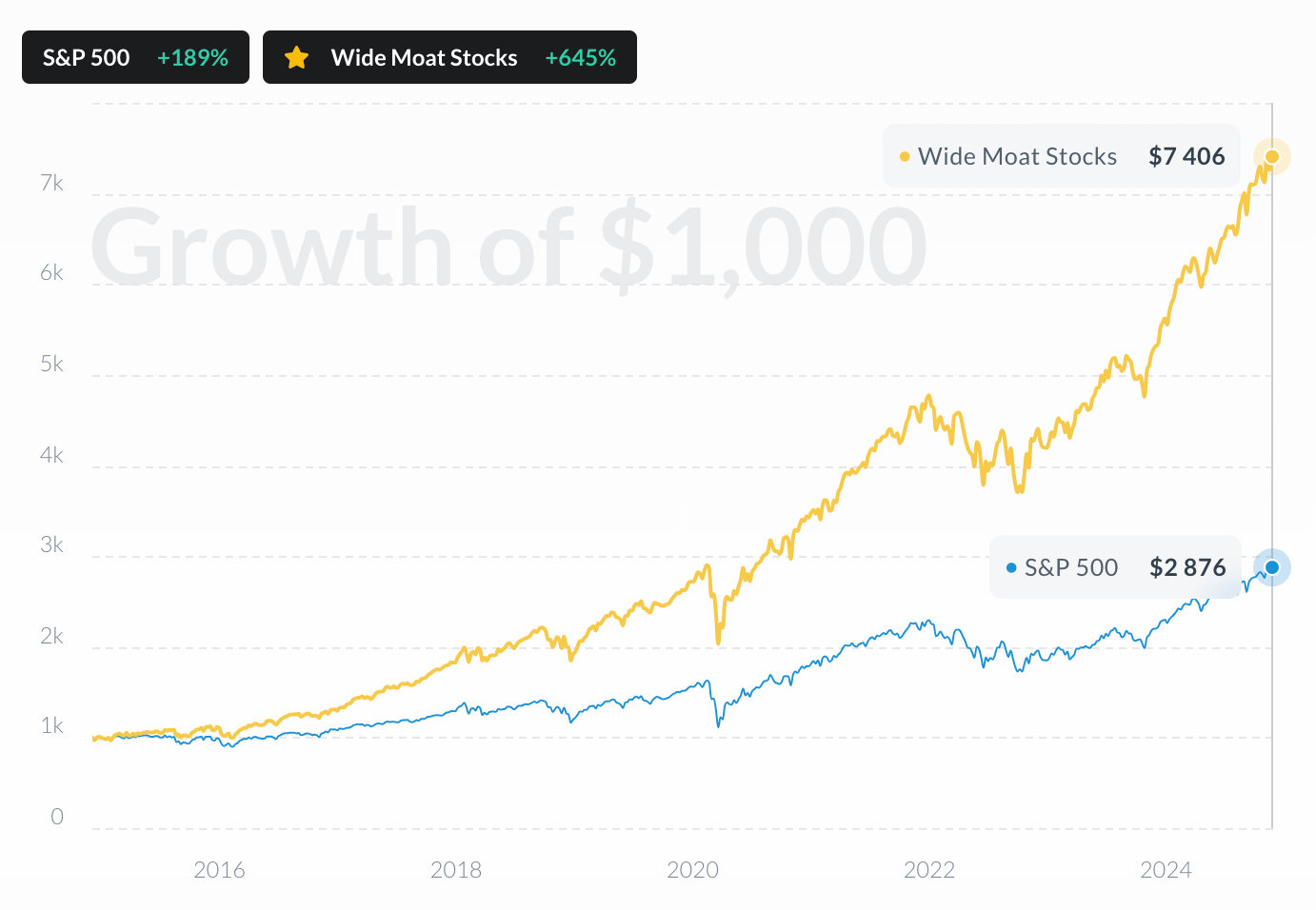 UBER
vs
UBER
vs
 S&P 500
S&P 500
 UBER
UBER
 S&P 500
S&P 500
Over the past 12 months, UBER has outperformed S&P 500, delivering a return of +31% compared to the S&P 500's +15% growth.
Stocks Performance
UBER vs S&P 500

Performance Gap
UBER vs S&P 500

Performance By Year
UBER vs S&P 500

Compare the stock's returns with its benchmark index and competitors. Gain insights into its relative performance over time.
Uber Technologies Inc
Glance View
Uber Technologies Inc. emerged as a pioneering force in the transportation sector, reimagining how people traverse urban landscapes. Founded in 2009, the company swiftly disrupted traditional taxi services by leveraging technology, consumer convenience, and a gig-based workforce. The core of Uber's business model revolves around its mobile app platform, which seamlessly connects riders with drivers. This platform not only simplifies the process but also provides a dynamic pricing model that adjusts fares based on real-time demand—a compelling feature that differentiates Uber from its competitors. The ease of use, combined with the app's ability to calculate the fare, pick-up time, and route, established Uber as a convenient and often more affordable option compared to traditional taxis. In its quest for growth, Uber diversified beyond its initial offering of ride-hailing to include services such as Uber Eats, its food delivery platform, and freight and logistics operations. Uber Eats, launched in 2014, quickly became a major revenue stream, particularly as consumer preferences shifted toward convenience in the food industry. By leveraging its existing network of drivers and advancing sophisticated algorithms to optimize delivery times, Uber Eats was able to capture a significant share of the burgeoning food delivery market. Through its innovations and adaptability, Uber now generates revenue through ride hailing, delivery services, and freight operations. Each segment of the business operates synergistically to create an overarching ecosystem of services that leverage Uber's data-driven insights and expansive customer base. This diversified approach not only capitalizes on existing market trends but also fortifies Uber against the inherent volatility of the gig economy.


































